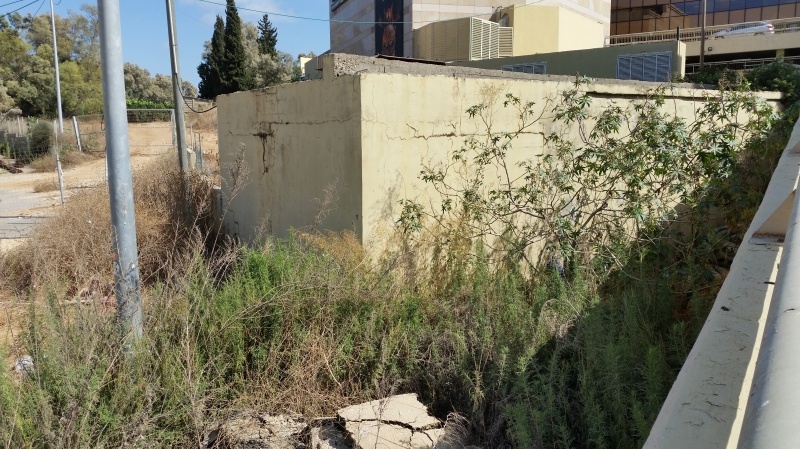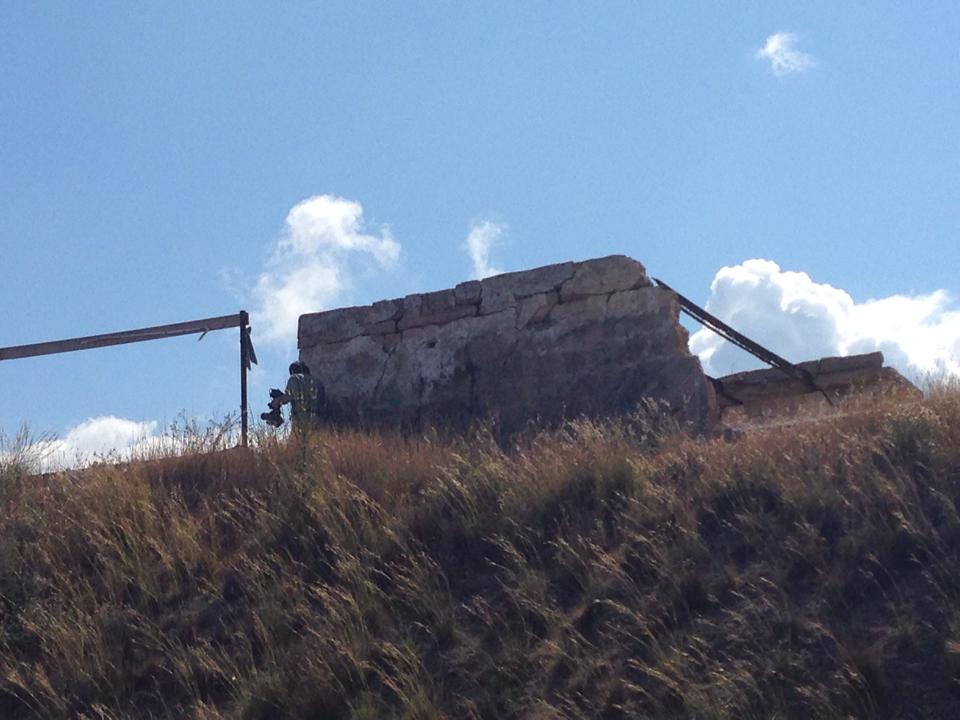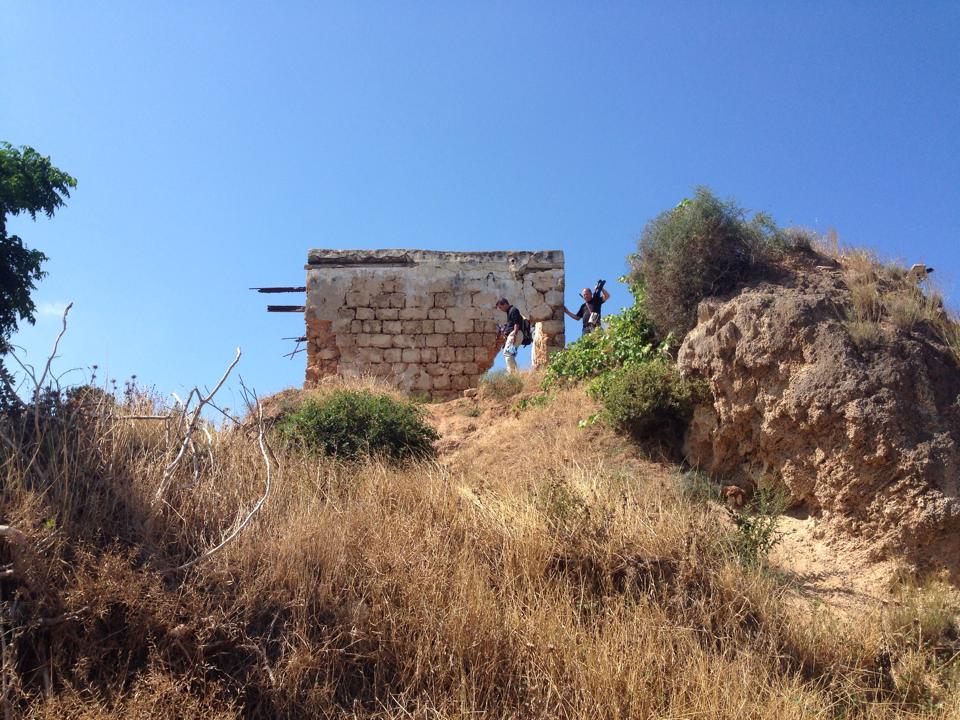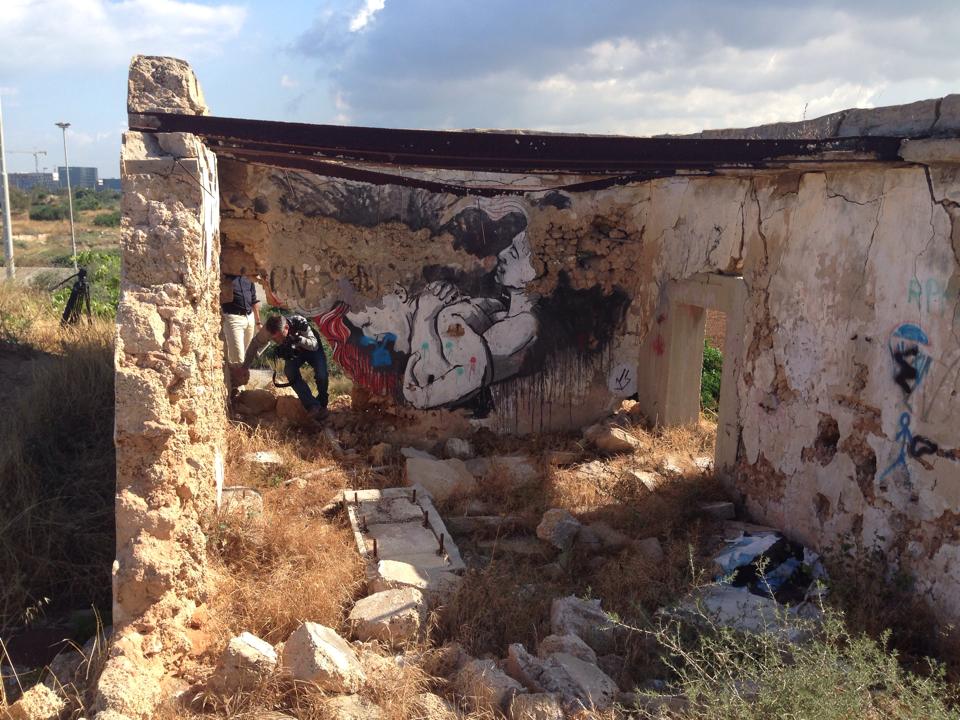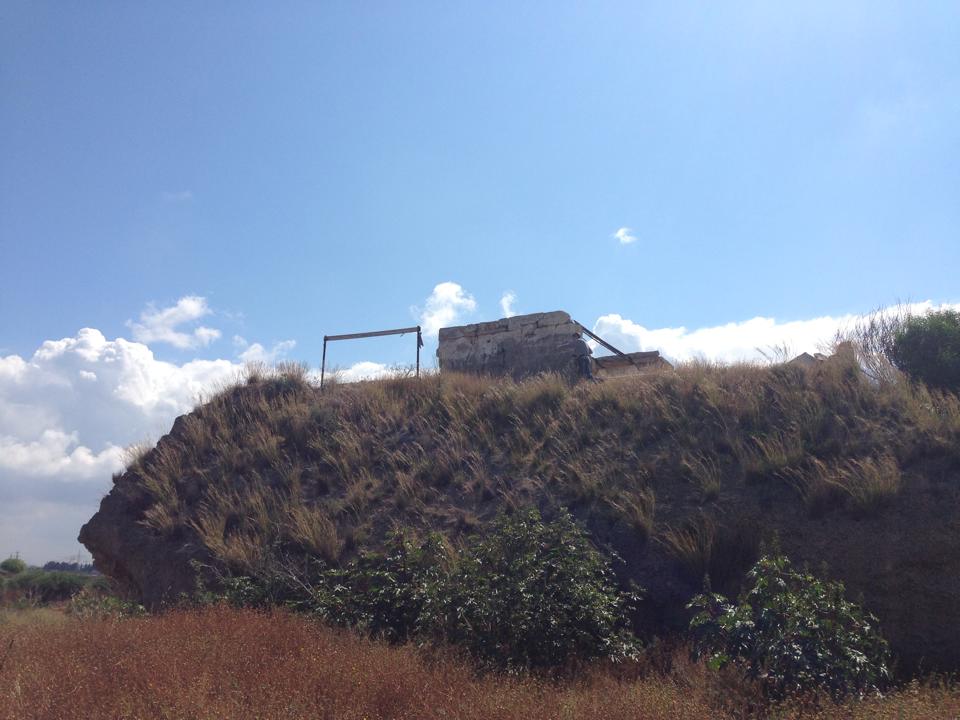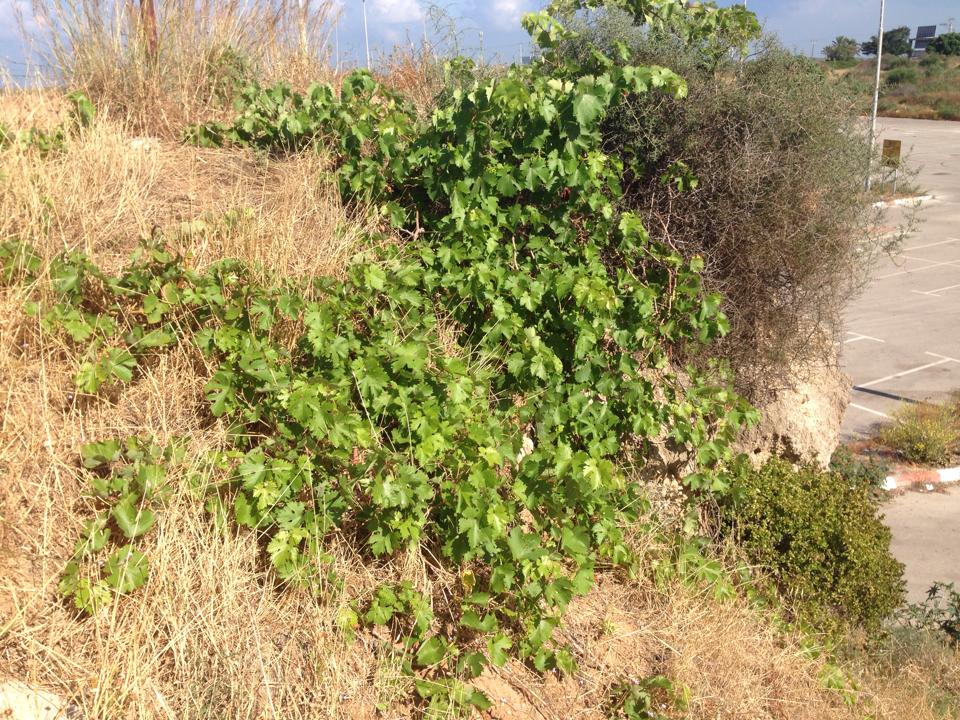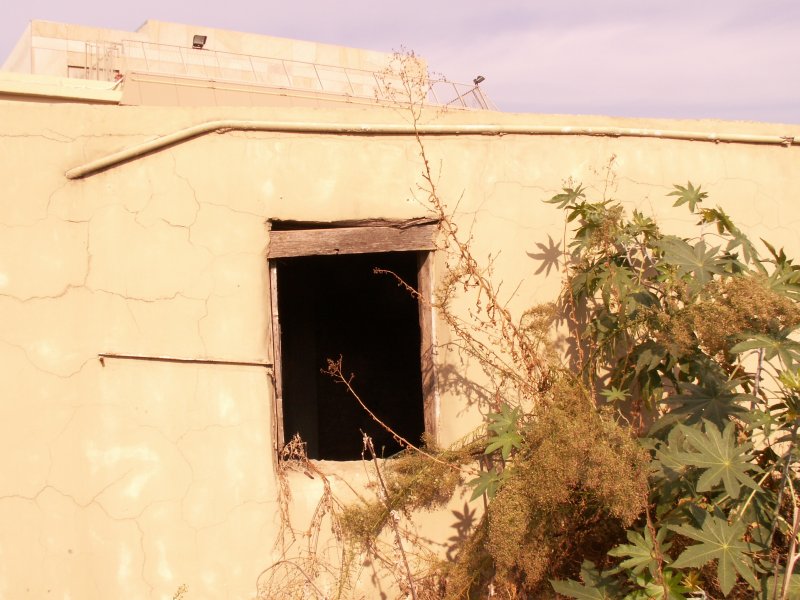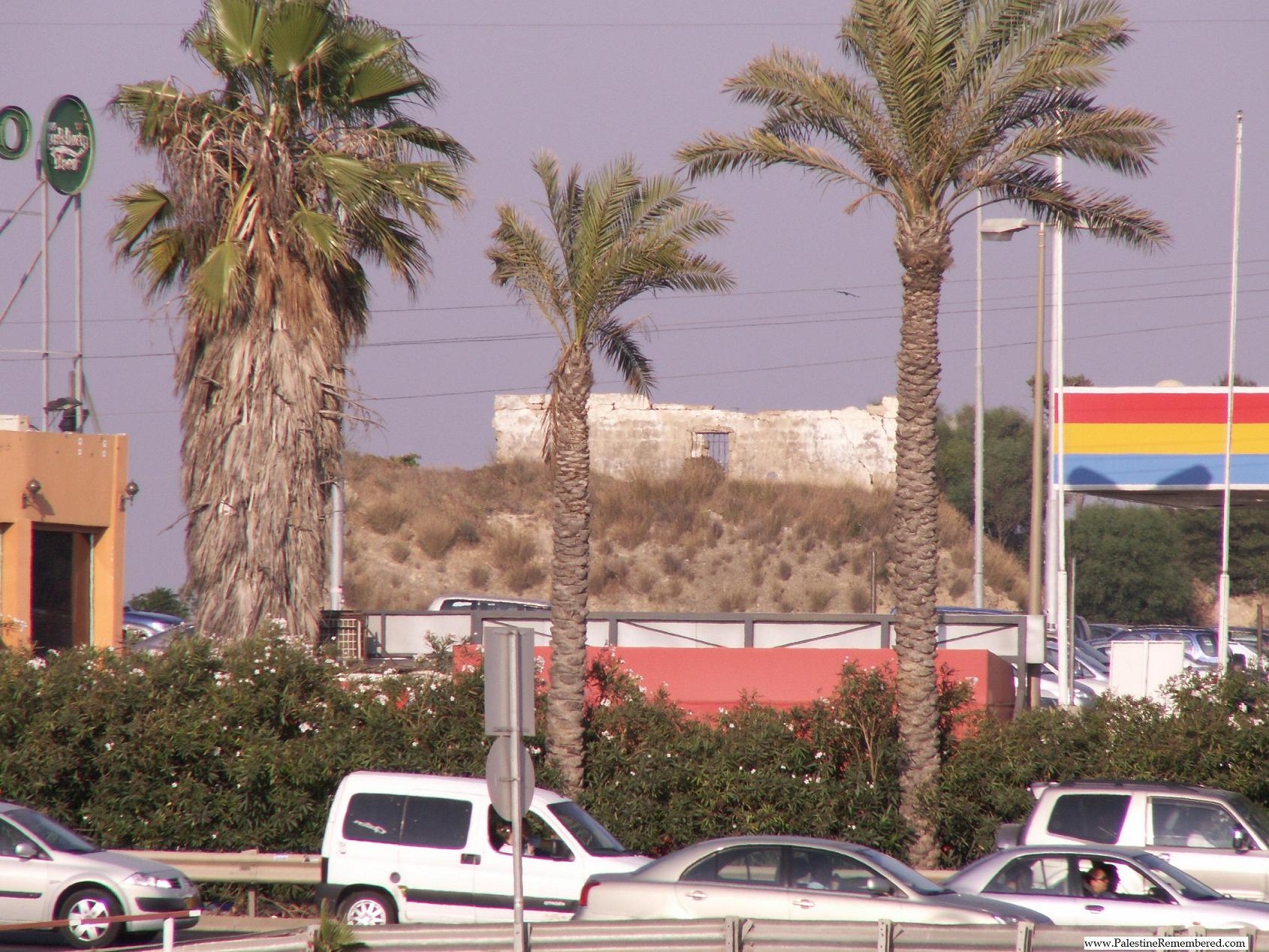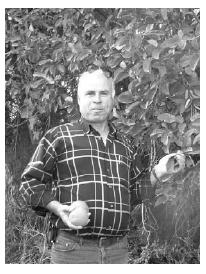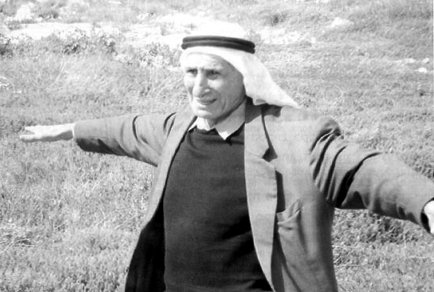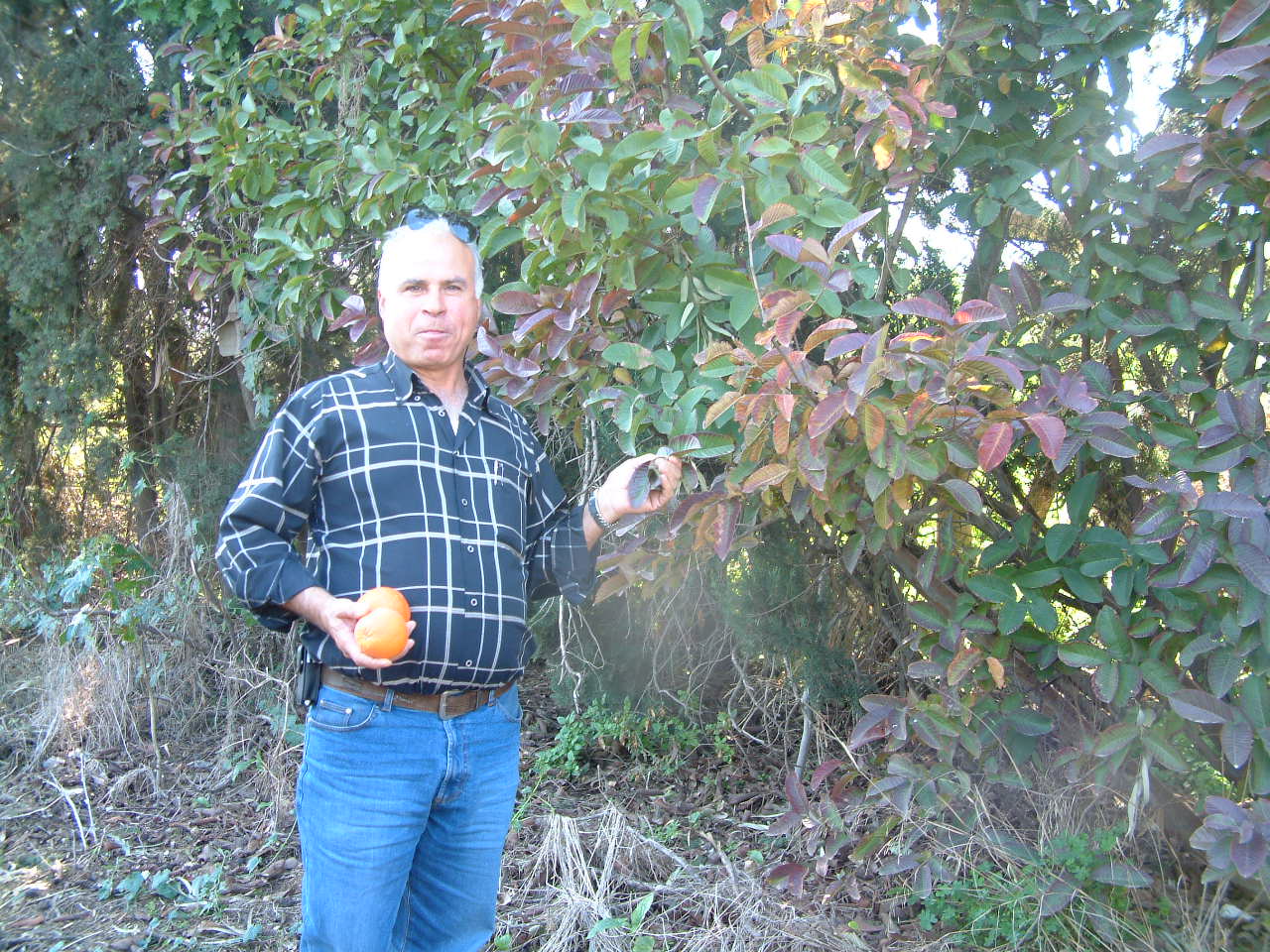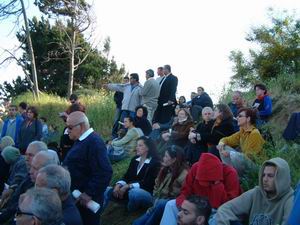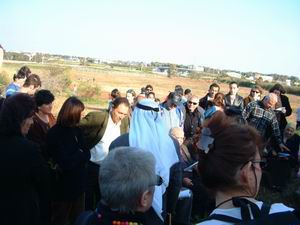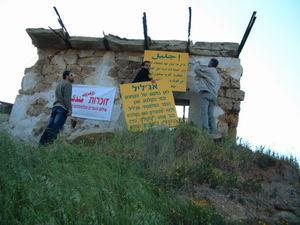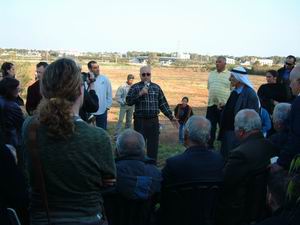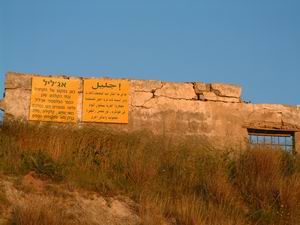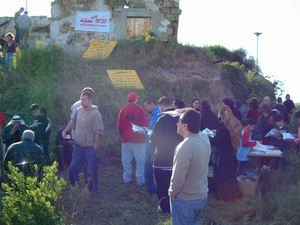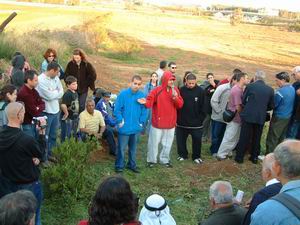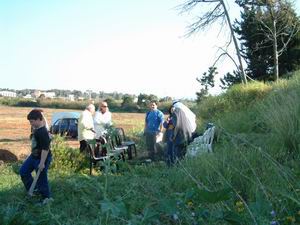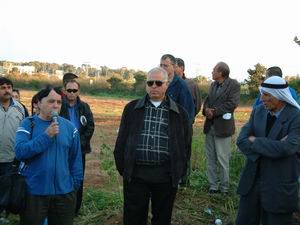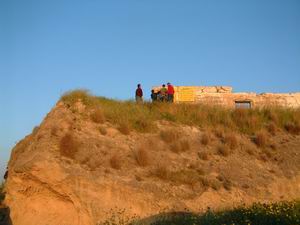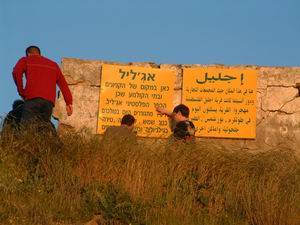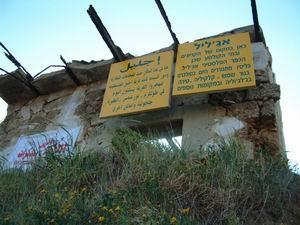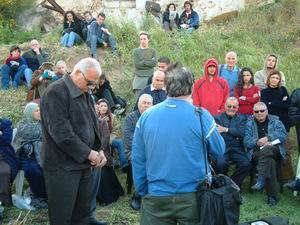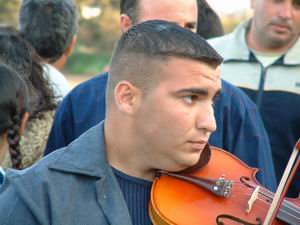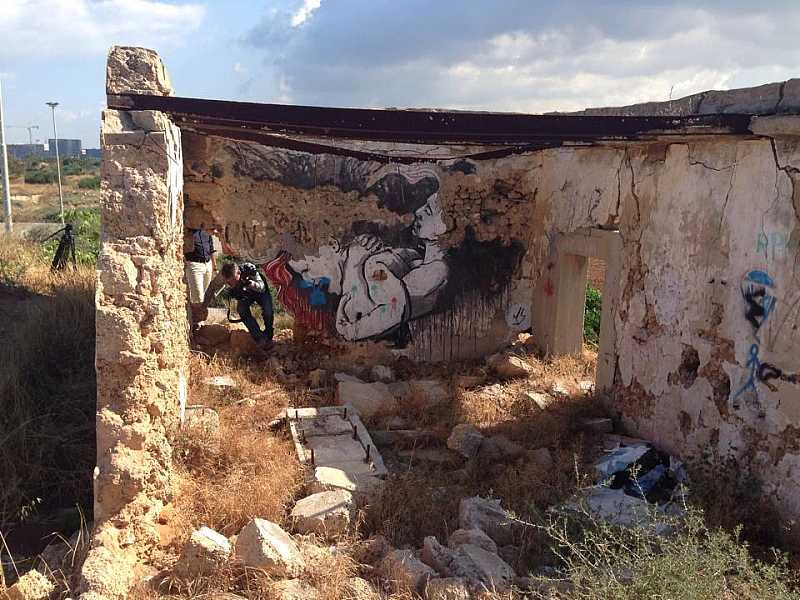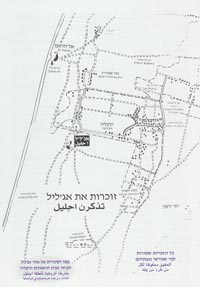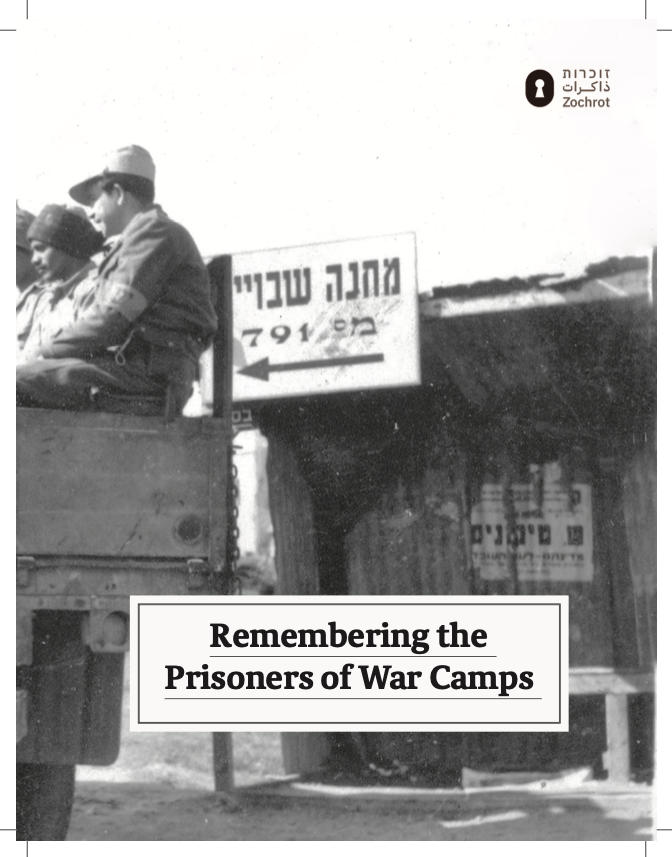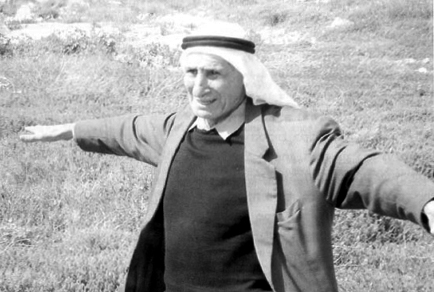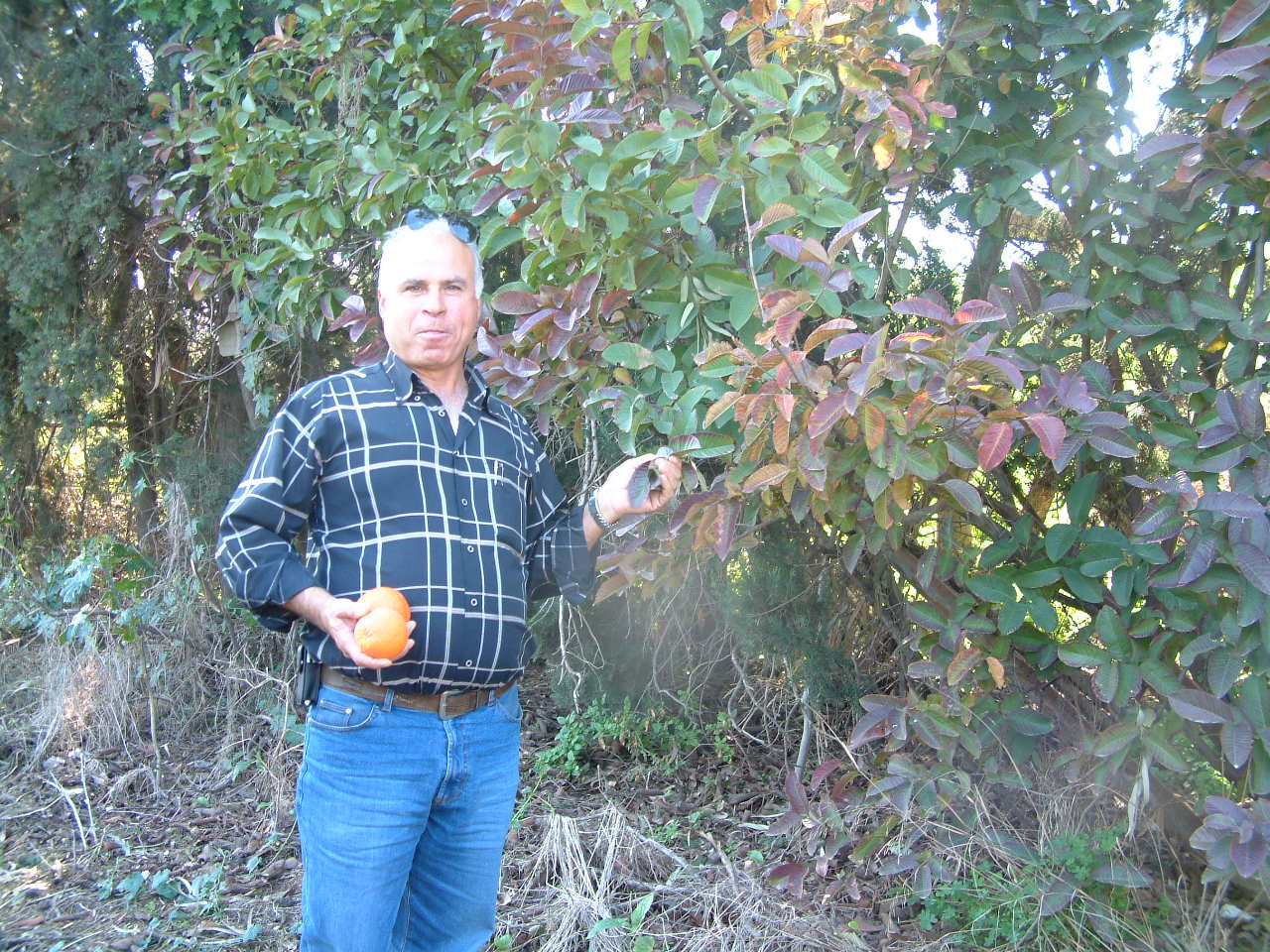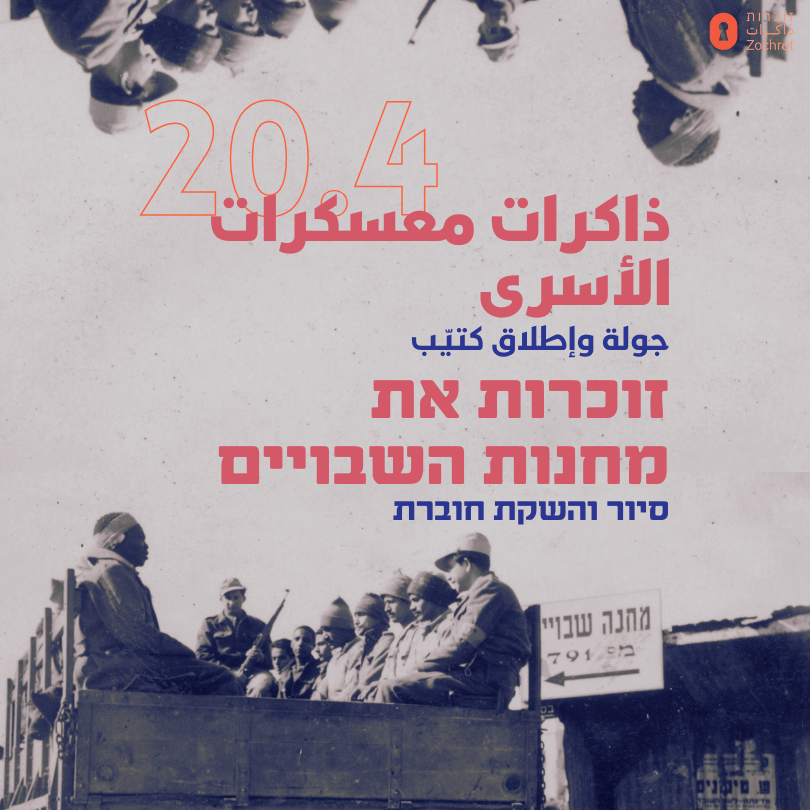Info
District: Jaffa
Population 1948: 550
Occupation date: 01/04/1948
Occupying unit: Alexandroni
Jewish settlements on village/town land before 1948: Ramat HaSharon
Jewish settlements on village/town land after 1948: Part of High-Tech and Industry Zone in Herzliya, Military bases, Ramat Hasharon West Neighborhoods , Golan, Neve Rom, Neve Rasko, (HaKfar HaYarok (Ramat Hasharon, Ezorei Hen inTel Aviv
Background:
The village sttod on a hill top, overlooking the Mediterranean coast to the west and a wide expanse of the coastal plain to the east. It was located 13 km northeast of Jaffa.
According to the History of the Haganah, a meeting was held in Petach Tiqwa in late 1947 or early 1948 between Haganah representatives and the mukhtars of some surrounding villages, during which the later “expressed a desire for peace.” The mukhtar of Ijlil was reportedly among them, but the meeting apparently did little to guarantee the village's safety. Israeli historian Benny Morris states that the villagers, fearing a Jewish attack, fled on 3 April 1948. The History of the Haganah claims that they left due to pressure from Arab militiamen. Bu this time, the whole area between Tel Aviv and Hertzeliyya had been emptied of its Arab inhabitants.
Much later in the war, Ijlil became an internment camp for Arab prisonners captured by the Haganah. A New York Times correspondent reported on 11 October. “About half of the 5,000 Arab prisoners captured by the Israeli army since May are held in a tent camp hastily thrown up on the sand and scrub of a little valley beside this former Arab village.” The camp was located off the Tel Aviv-Haifa road, a few hundred yards from the sea, and included more than 200 large tents. The reporter wrote that “not even the camp authorities are certain how many of [the prisoners] actually were soldiers in the Arab armies.” All but 250 were Palestinians, picked up after their village had been captured.
There are no Israeli settlement on village land.
The site serves as a garbage dump and the original village can hardly be identified. On the thin swath of the hill that has not yet been covered with waste, remnants of stone houses stand next to a gasoline storage tank, along with bushes and cactuses. Approximately 100 m east of the tank a deserted house stands next to the remains of a razed building.


